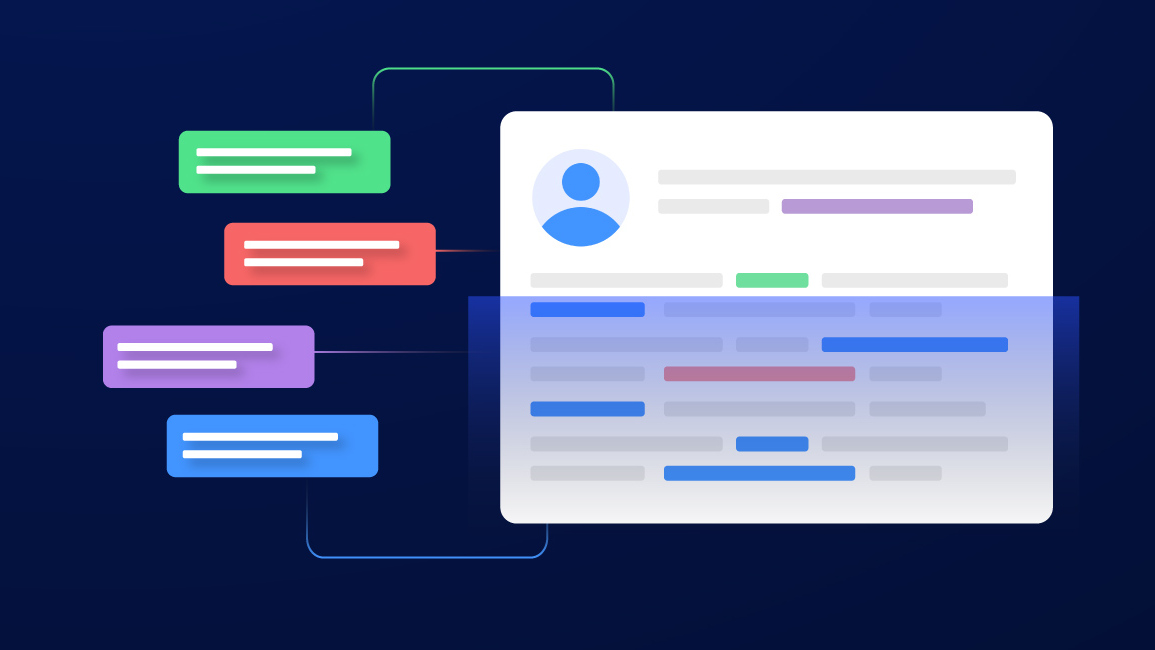Extract Text From an Image: Step-by-Step Guide

Introduction
Ever found yourself staring at an image, wishing you could just copy and paste the text? In today's digital whirlwind, extracting text from images isn't just a nifty trick, it's a necessity. Whether you're looking to digitize old documents, automate data entry, or simply pull text from a snapshot, the solutions are at your fingertips.
Extracting text from images has now become an important task for individuals and businesses in today's rapidly changing digital world. You can convert your old documents into editable files, computerize data entries and pull out text from a picture. The global changing technology grants solutions for all. Among all the methods, the most effective is Optical Character Recognition (OCR), for these tasks.
The work of OCR is to convert varied forms of documents into searchable and editable data. Thus, you will learn here how to extract text from an image with the help of OCR tools. Further, you will know how to use this technology to leverage many applications that include automation, image scanning and extracting data. Moreover, this article will inform you about advanced concepts such as Machine learning OCR and AI in OCR which gives a broader understanding.
And, if you're searching for a tool that takes OCR to the next level, look no further than DigiParser.
But how exactly does this process work? Let's dive in and walk through the steps to extract text from an image, explore the magic behind OCR, and see how tools like DigiParser can revolutionize your workflow.
Step-by-Step Guide to Extracting Text from an Image
Step 1: Choose the Right OCR Tool
Firstly, you must select the accurate OCR tool for extracting text from an image. There are many options available to you which may be free or other advanced software that grants additional features. While selecting an OCR tool, you must consider factors such as ease of use, ability to deal with different image formats and accuracy. Some of the accepted OCR tools are Google Drive OCR, Adobe Acrobat and specified software, ABBYY FineReader, or our own DigiParser.
Step 2: Upload the Image
After you have chosen your OCR tool, you have to upload the image from which you have to extract your text. You may upload images in different formats like PNG, JPEG, or PDF. However, if your image is in a physical form then you need to scan it first. Ensure that the image is of high quality and clear to get exact text extraction.

Step 3: Run the OCR Process
The next step in data extraction is to run the OCR process after you have uploaded the image. In this step, the software will analyze the image and identify the text written into it. However, this process may take a few seconds to a few minutes depending on the nature of the document and image quality. Though, advanced OCR tools utilize Machine Learning and AI to enhance accuracy and deal easily with complex documents.
Step 4: Review and Edit the Extracted Text
After the completion of the OCR process, the tool provides you with the extracted text. You must check the text to ensure it is error-free and has no formatting issues. The OCR technology has evolved a lot but it may not be perfect. It can lead to errors, particularly when images have handwritten text or atypical fonts. Thus, you must make significant edits before switching to the next step.

Step 5: Convert Text to Your Desired Format
Once you review your text, you can now export it to any desired format you want. Many OCR tools permit to conversion of the extracted text.
You may convert it into formats such as PDFs, Word documents or JSON files as per your use in databases. Developers often convert an image into JSON format for their need to integrate the content into a larger system or computerised data entry processes.
Applications of OCR Technology
You now know that OCR Technology is used for text extraction, but it has many other applications too. If you own a business, you can use it to computerize data entry, which aids in reducing efforts and saving time to process large documents.
Additionally, you can use OCR for image scanning to digitize previous records which makes them easier and searchable to manage. However, with the development of AI in OCR, the tool is becoming efficient and more accurate. Moreover, Machine Learning OCR is growing across boundaries and now allowing systems to become skilled from previous errors and develop in time.
Conclusion
If we look backwards, extracting text from images was never easier but the advancements in technology have accomplished it. Now, OCR tools are very helpful to you to automate data entry, digitize documents and make data more accessible. This article has accomplished its mission to guide you through the process in a detailed manner. Further, it highlighted the significance of selecting the right tool, granting high-quality images and benefitting from advanced features such as AI in OCR. Moving towards a more digitalized world, these abilities to extract text from images will be of great value. You must now begin exploring the supremacy of OCR at present and look forward to its transforming your workflow.
Ready to transform the way you handle documents? Try DigiParser for free today and experience the future of text extraction.
Transform Your Document Processing
Start automating your document workflows with DigiParser's AI-powered solution.